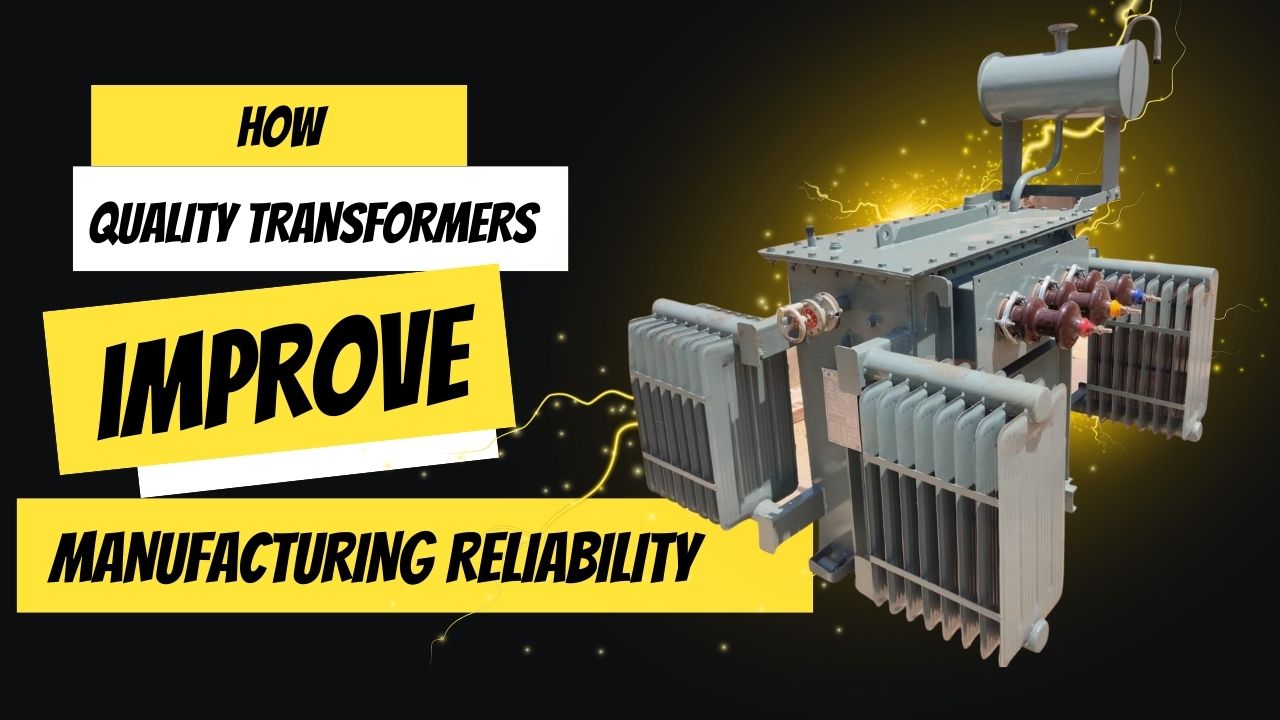

That unexplained equipment failure last month? Probably power-related. Same with those quality control issues that keep popping up.
Manufacturing facilities battle these problems constantly, yet many miss the root cause hiding in plain sight.
Plant managers chase surface symptoms while overlooking the transformer issues beneath.
Similarly, maintenance teams replace perfectly good components because they don't recognize the power problems triggering failures.
Good quality transformers solve these headaches before they start.
Ever notice how equipment failures often cluster together? That's no coincidence. Voltage fluctuations stress everything connected to your power system.
Modern manufacturing equipment runs on microprocessors that need clean, stable power.
Slight variations cause erratic behavior and mysterious shutdowns. Old or undersized transformers can't maintain consistent voltage when loads change throughout your facility.
Quality transformers keep the voltage steady regardless of demand shifts, protecting sensitive components from stress. Those random equipment failures practically disappear.
Manufacturing demands fluctuate constantly. The morning shift runs different equipment than the afternoon. New production lines start up unexpectedly.
The maintenance department fires up power-hungry test equipment without warning.
Older transformers hate this inconsistency; they overheat, struggle with demand peaks, and create bottlenecks.
Quality transformers handle these real-world conditions without breaking a sweat. Their robust design accommodates demand spikes while maintaining efficiency during normal operation. Production keeps flowing without those frustrating power-related interruptions.
Nothing kills transformers faster than excessive heat. Poor cooling design creates hotspots that cook insulation and degrade performance over time.
Regular transformers often skimp on cooling features to cut costs.
Quality units incorporate advanced cooling systems designed specifically for industrial environments.
Effective heat distribution eliminates the temperature problems that cause premature failure. These transformers keep running year after year, even under continuous heavy loads.
Production rarely follows a predictable pattern. Rush orders require increased output. Seasonal demands create production spikes. Equipment sometimes runs simultaneously when schedules overlap.
Basic transformers fail under these conditions, creating costly emergencies right when you need reliability most.
Quality transformers incorporate substantial overload tolerance, handling temporary demand spikes without damage.
Production planning becomes more flexible without constant worry about electrical system limitations. Your facility adapts to changing requirements instead of being limited by power constraints.
That constant transformer hum drives everyone crazy. Workers struggle to communicate over the noise. Concentration suffers. Quality control issues increase.
Standard transformers generate significant noise, especially under heavy loads. Quality units use superior core construction and vibration-dampening features to address this problem.
The improvement in workplace conditions supports better productivity and employee satisfaction.
Communication gets easier. Concentration improves. Even minor quality improvements add up to significant benefits over time.
Manufacturing reliability ultimately depends on addressing root causes rather than symptoms. Power quality forms the foundation of equipment performance, product consistency, and operational efficiency.
Investing in quality transformers delivers returns across every aspect of production—from reduced maintenance costs to improved workplace conditions.
Smart facility managers recognize this connection and prioritize electrical infrastructure accordingly.
The team at Makpower Transformer brings this reliability-focused approach to our transformer designs, drawing from decades of experience with real manufacturing environments. Get in touch with us to know more.